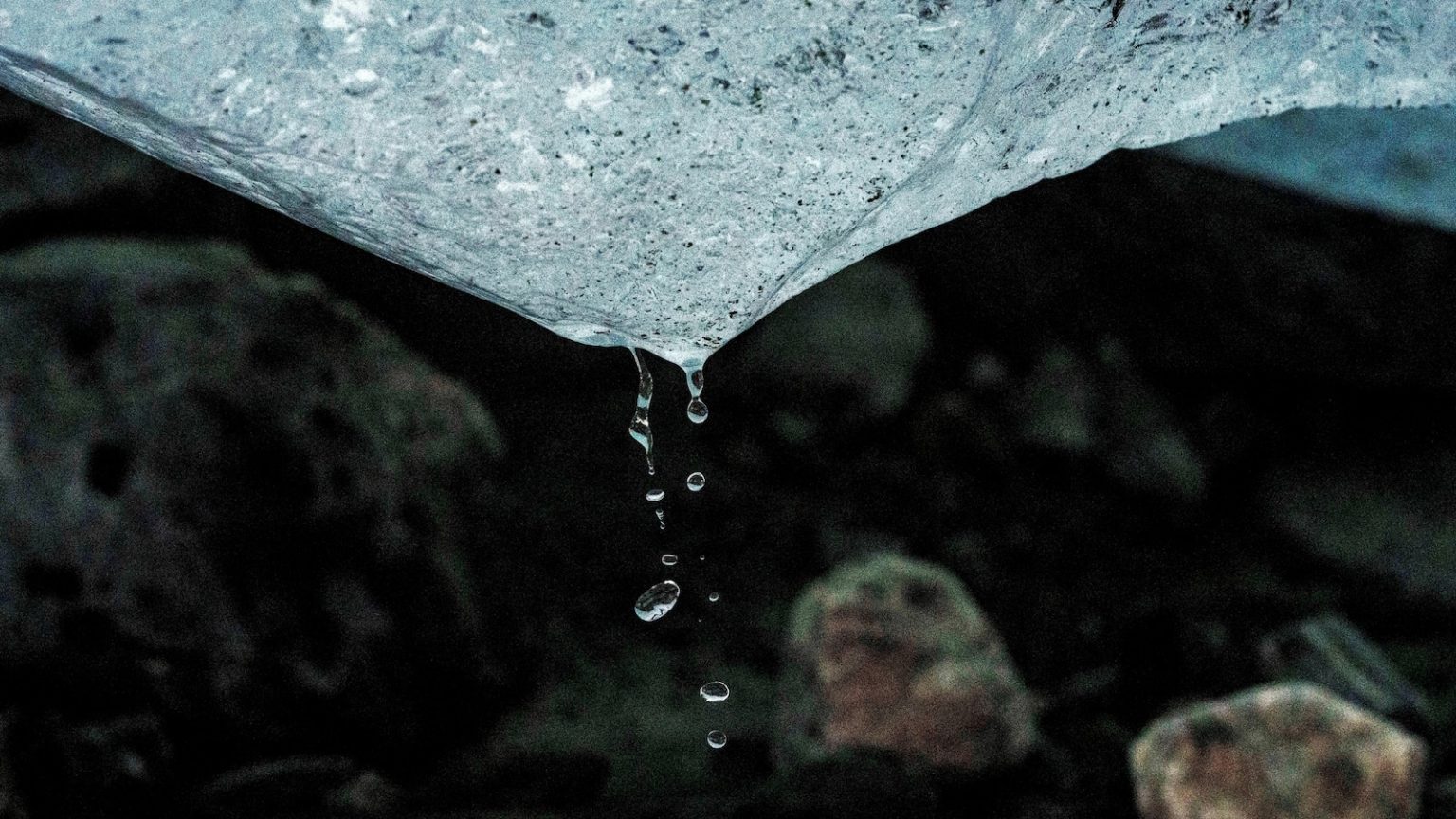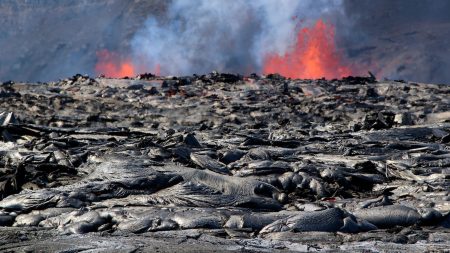Accelerating Glacier Melts: A Sobering Reality of Climate Change
Climate change is accelerating the melting of the world’s mountain glaciers at an alarming rate, according to a comprehensive new study published in the journal Nature. The research reveals that glaciers are losing ice more than twice as quickly as they were in the early 2000s, with the most recent data showing a record 604 billion tons (548 billion metric tons) of ice lost in 2023 alone. This stark acceleration underscores the profound impact of global warming on these natural ice reserves, which serve as critical indicators of Earth’s health. Over the past two decades, the world’s glaciers have collectively lost more than 7 trillion tons (6.5 trillion metric tons) of ice, a staggering figure that highlights the irreversible consequences of rising temperatures.
The study, which drew on data from 233 estimates of glacier weight changes, paints a grim picture of the future. Between 2000 and 2011, glaciers lost ice at a rate of about 255 billion tons (231 billion metric tons) annually. However, this rate increased to approximately 346 billion tons (314 billion metric tons) per year from 2011 to 2020, with the most recent data showing a dramatic surge in 2023. This rapid melting is not just a localized phenomenon but a global crisis, with glaciers in every region of the world retreating at unprecedented rates. Glaciologist William Colgan, one of the study’s authors, emphasized that the accelerating rate of ice loss should be a cause for concern. "Glaciers are indeed retreating and disappearing as we said they would," Colgan warned, "and the rate of that loss seems to be accelerating."
Regional Variations in Glacier Melting
While the overall trend is clear, the study also highlights significant regional variations in glacier melting. Glaciers in Alaska, for instance, are melting at the fastest rate of any of the 19 regions studied, losing about 67 billion tons (61 billion metric tons) of ice annually. This makes Alaska the largest contributor to global glacier ice loss. In contrast, Central Europe’s glaciers have lost the highest percentage of ice, shrinking by 39% since 2000. Colgan expressed particular concern about the Alps, where elevated summer temperatures are causing rapid melting. "The Alps have shrunk so fast they could eventually disappear," he warned. This societal and ecological impact of glacier loss is not limited to Europe; regions like the Andes and Patagonia, once considered the most vulnerable, have been overtaken by the alarming rates of melt in other areas.
The study also underscores the broader implications of glacier melting for global sea levels. While melting glaciers contribute more to sea level rise than ice loss from Greenland or Antarctica, the expansion of seawater as it warms remains the largest driver of rising oceans. However, the role of glaciers cannot be overlooked, as their melting adds a significant and irreplaceable source of freshwater to the world’s oceans. The loss of these glaciers will have far-reaching consequences, from altering ecosystems to disrupting water supplies for millions of people.
Expert Perspectives on the Crisis
The findings of the study have been met with sobering agreement from climate scientists around the world. Gwenn Flowers, a professor of Earth Sciences at Simon Fraser University in Canada, described glaciers as "apolitical and unbiased sentinels of climate change," whose decline provides a clear and undeniable signal of global warming. Flowers, who was not part of the study, noted that the data aligns with expectations, though the rapid rate of melting is still deeply concerning. "Their decline paints a clear picture of accelerated warming," she said.
Similarly, Ted Scambos, an ice scientist at the University of Colorado, emphasized that the current rate of glacier melting is fundamentally different from natural fluctuations in the past. "It’s due to greenhouse gas increases caused directly by coal, oil, and natural gas burning," Scambos explained. He dismissed any attempts to downplay or deny the role of human activity in driving this change, stating unequivocally that "no amount of rhetoric, tweeting, or proclamation will change that." The scientific consensus is clear: glacier melting is a direct consequence of human-induced climate change, and the window for meaningful action is rapidly closing.
The Implications of Glacier Melting
While the immediate effects of glacier melting may seem abstract to many, the long-term implications are profound. In some regions, such as the U.S. West, the rapid melting of glaciers has actually provided a temporary boost to water supplies, offering a false sense of security. However, this short-term benefit comes at a steep cost. As glaciers continue to melt beyond a "point of no return," the eventual loss of these ice reserves will leave communities vulnerable to drought and water scarcity. This dilemma underscores the urgent need for sustainable water management strategies and broader efforts to mitigate climate change.
The study also highlights the irreversible nature of glacier melting. Once these ice masses disappear, they cannot be replaced, at least not within any timeframe that matters to human societies. Colgan warned that the current rate of ice loss is unsustainable, with over 5.5% of global glacier ice volume vanishing in just over two decades. "That’s going to catch up with you," he said. The sheer scale of glacier loss is already staggering, and the pace is only intensifying. The 604 billion tons of ice lost in 2023 may seem like an extraordinary figure today, but Colgan cautioned that such numbers could become the new normal within a decade. "Mountain glaciers as a whole can flip into collective ice loss pretty darn quick," he said, painting a dire picture of the future.
A Call to Action
The study’s findings serve as a stark reminder of the urgency of addressing climate change. Glaciers are more than just natural wonders; they are vital components of Earth’s ecosystems, providing freshwater, regulating temperatures, and supporting biodiversity. Their rapid melting is not just an environmental issue but a human rights crisis, threatening the livelihoods of millions of people who depend on them for drinking water, agriculture, and culture. The apolitical nature of glaciers—unaffected by political boundaries or ideologies—makes them a unifying symbol of the global climate crisis.
As the world continues to grapple with the challenges of climate change, the melting of glaciers serves as a clear and powerful call to action. The evidence is overwhelming, and the stakes could not be higher. While the situation may seem dire, there is still time to act. Reducing greenhouse gas emissions, transitioning to renewable energy sources, and protecting vulnerable ecosystems are just a few of the steps that can be taken to slow the rate of glacier melting and mitigate its impacts. The window for action is narrow, but it is not yet closed. As Colgan said, "If you’re losing 5.5% of the global ice volume in just over 20 years, clearly that’s not sustainable." The time to act is now, before the consequences of inaction become irreversible.















